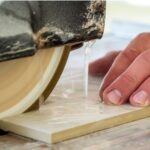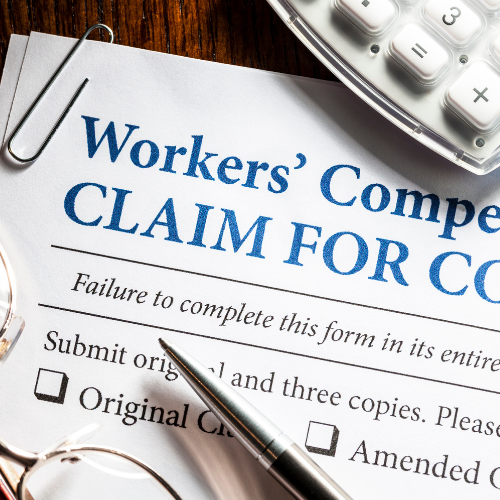
Silicosis Risk in Engineered Stone Fabrication: A Call to Action
July 24, 2024
Groundbreaking Verdict Rendered in Historic Case Against Artificial Stone Manufacturers
August 7, 2024Background to The Engineered Stone Health Crisis
The re-emergence of silicosis, particularly among workers in the engineered stone (ES) benchtop industry, has become a global health crisis. This form of silicosis is characterized by its rapid progression and severe impact on younger workers.
To understand the link between the physico-chemical characteristics of engineered stone dust and lung cell responses, a comprehensive study was conducted by Chandnee Ramkissoon, Yong Song, Seiha Yen, Katherine Southam, Simone Page, Dino Pisaniello, Sharyn Gaskin, and Graeme R. Zosky, and published in 2023.
By understanding the multifaceted nature of engineered stone-associated silicosis, this study provides a foundation for developing comprehensive intervention strategies to protect workers in this high-risk industry.
Research Methods in Silicosis Study
The study analyzed respirable dust from 50 resin-based engineered stones, three natural stones, and two non-resin-based materials. The dust was assessed for mineralogy, morphology, metals, resin, particle size, and charge.
Human alveolar epithelial cells and macrophages were exposed to these dust samples in vitro to evaluate cytotoxicity and inflammation. Principal component analysis (PCA) and stepwise linear regression were employed to explore the relationship between engineered stone components and cellular responses.
Key Findings on the Impact of Engineered Stone Dust
Cutting engineered stone generated fine particles of less than 600 nm, with crystalline silica being the primary component. Metal elements such as titanium (Ti), copper (Cu), cobalt (Co), and iron (Fe) were also present.
Although differences in cytotoxicity (p = 0.061) and IL-6 (p = 0.084) between dust samples were observed, IL-8 (CXCL8) and TNF-α levels in macrophages showed significant variability (p < 0.05). Quartz explained 11% of the variance (p = 0.019) in macrophage inflammation, while Co and aluminum (Al) accounted for 32% of the variance (p < 0.001) in macrophage toxicity, suggesting that crystalline silica alone does not fully explain the cell response.
Discussion on Silica and Silicosis
The study's findings highlight that silica is not the only component of concern in engineered stone products. The presence of metals like Co and Al in the dust samples significantly contributed to the lung cell response, indicating their role in the pathogenesis of silicosis. Notably, two reduced-silica, non-engineered stone products induced considerable inflammation in macrophages, emphasizing the complexity of the disease's causative factors.
Conclusion and the Need for Safety Evaluations
This research underscores the need for caution as alternative materials are produced to reduce disease risk. It challenges the common view that reducing crystalline silica alone will eliminate the risk of silicosis. The study suggests that other inorganic components, particularly metals such as Co and Al, may also play significant roles in disease severity. This comprehensive dataset on the physical and chemical characteristics of engineered stone dust is crucial for informing future regulations and designing safer materials.
Defend Your Rights with Brayton Purcell LLP
If you or someone you know has been affected by engineered stone countertop silicosis, it's crucial to understand your legal rights and options. The silicosis lawyers at Brayton Purcell LLP are leaders in representing clients with occupational diseases.
With extensive experience in cases related to silicosis, our team of silica exposure attorneys is dedicated to ensuring that affected workers receive the compensation and justice they deserve.
Don't wait to seek the help you need. Call Brayton Purcell LLP at (800)361-2417 or contact us today to schedule a consultation with one of our silicosis victim lawyers and start your journey toward justice. Your health and rights matter—let us help you protect them.
References
- Ramkissoon, C., Song, Y., Yen, S., Southam, K., Page, S., Pisaniello, D., Gaskin, S., & Zosky, G. R. (2023). Understanding the pathogenesis of engineered stone-associated silicosis: The effect of particle chemistry on the lung cell response. Respirology. https://doi.org/10.1111/resp.14625
- SafeWork NSW. (2018). Workplace Exposure Standards for Airborne Contaminants. Safe Work Australia.














